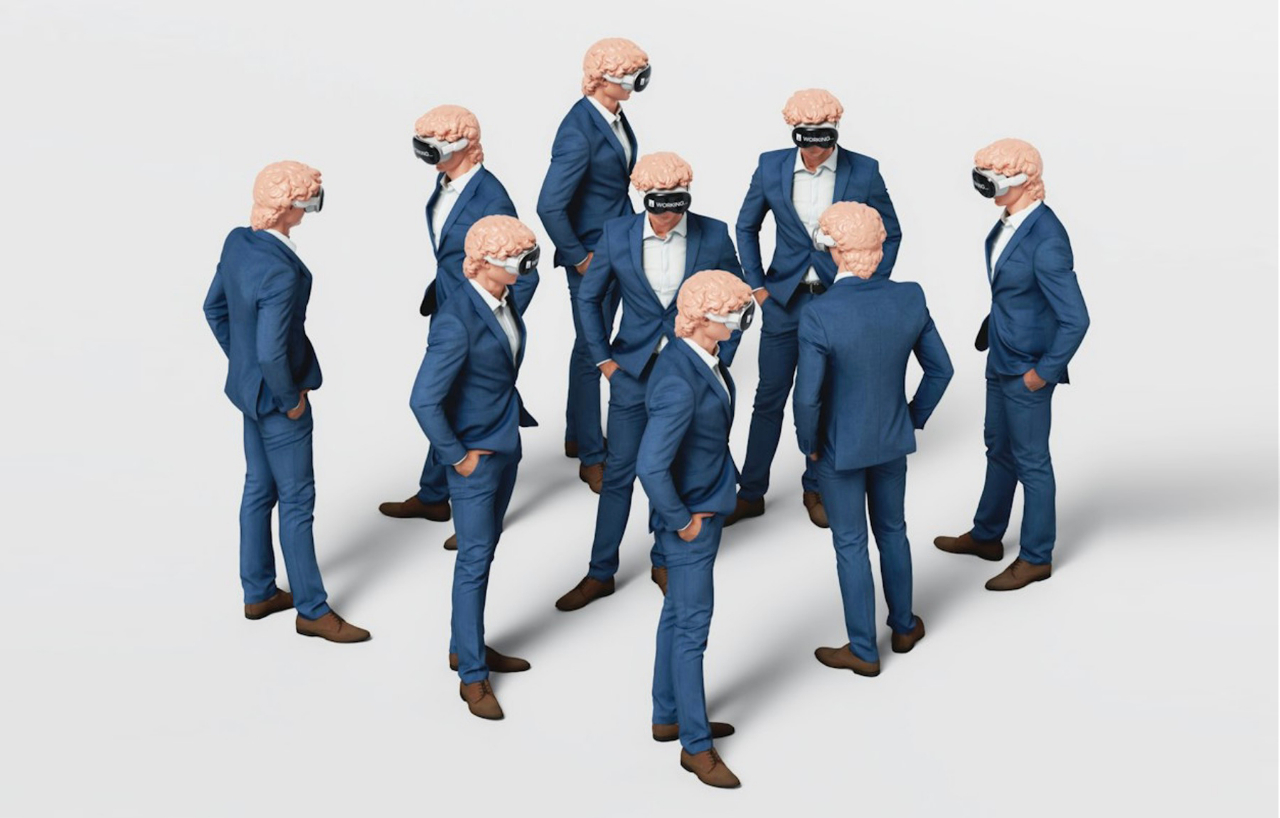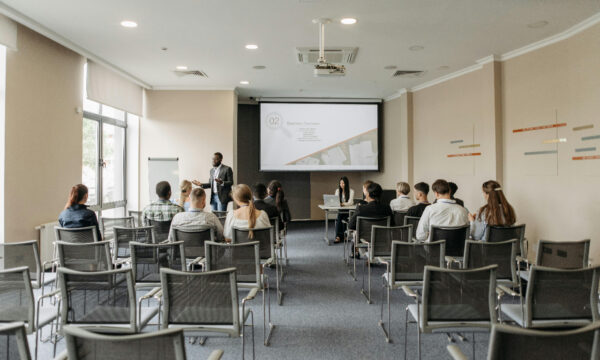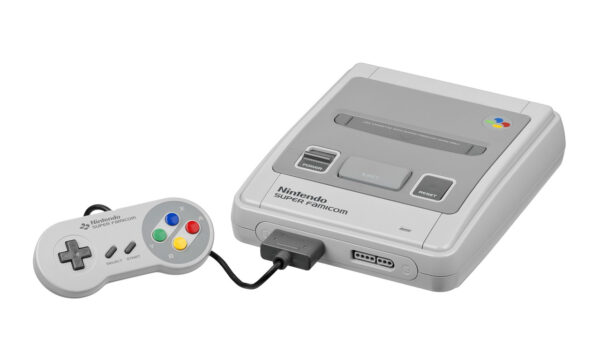The future awaits us with a wearable and connected world

How close do you see the possibility of discontinuing the use of smartphones? Would we see them become obsolete shortly? The evolution of technology has been imminent, and recent advancements, such as the release of Apple’s Vision Pro, give us a glimpse of a more wearable and connected future as it can be seen on Apple.
These mixed reality glasses from Apple are considered the most advanced personal device in history, aiming to become a key element in future technology. Now, what does it mean to launch a device that is different from a smartphone? Why could this make a difference in a wearable and connected world?
Introducing a device different from the smartphone is part of an evolution in how we interact with technology. This is not just about presenting a new device format but redefining the user experience.
It is initially hard to imagine a future where the mobile phone is replaced. Until today, these devices define how we interact in every aspect of our lives. However, technology is becoming increasingly precise in the search for more efficient solutions.
So far, we have seen some devices that have offered a breakthrough in society. We have seen how augmented reality has allowed sectors to upgrade. For example, well-known companies such as IKEA allow users to use this technology to see how the furniture looks in their living rooms. In the entertainment sector, it is growing all the time. It has been a few years since gaming came online, and we have seen great progress. Sectors like the gaming could see how games were presented on a screen without queueing to play. In addition, video games were born with graphics that have never been seen before and with many benefits.
On this occasion, we aim to delve into the impact that accessories allowing us to replace tasks traditionally carried out through smartphones are having, completely changing the way we engage with technology. The vision of a future without needing devices in our hands, with more agile solutions, is taking shape.
Although adopting accessories like augmented reality glasses, headphones, or smartwatches may raise doubts for some, these innovations represent a vital step towards a world where interaction with technology can integrate more naturally and without the physical restrictions we currently face, according to The Upcoming. For example, the evolution of headphones from simple audio players to personal virtual assistants illustrates how adapting to innovative technologies has allowed us to shape our recent technological history.
Looking back, accessories like pedometers, initially seen as simple or irrelevant, have evolved into integral parts of our lives, demonstrating that accepting new technologies has only sometimes been immediate throughout history.
Now, what might come after the smartphone? Will it be augmented reality glasses enhanced by AI? Will it be the Humane device that combines artificial intelligence with visual projection? The truth is that, regardless of the form these devices take, their development will be the key to their success. From artificial intelligence to augmented reality senses like sight, smell, hearing, touch, and optics, each component will play a vital role in creating an immersive functional experience.
This gradual shift leads us to reflect on the evolutionary nature inherent in technology and how adapting to it can enhance our experience. Adapting to and accepting these innovations may generate scepticism; however, history has taught us that this allows us to achieve significant societal changes. Before smartphones became essential parts of our lives, they, too, faced criticism and doubts about their utility and widespread acceptance. When the first smartphones were developed, over 40% of users doubted their functionality, questioning their necessity or technological complexity. However, it took a little while for the benefits to emerge, drastically changing how they were perceived, and this is precisely what we can expect with these new technologies.
Examples such as augmented reality glasses, smart headphones, and other wearables offer the possibility of a more immersive, less intrusive, and more comfortable experience in our daily lives. While the launch of the Apple Vision Pro is an example of the direction these changes are heading, other companies like Meta and Snap have also invested time in researching augmented reality devices, each with its unique focus.
The trend of artificial intelligence, augmented reality, and other technological advances has become solid steps toward a future where digital and physical interaction seamlessly merge. Although the complete replacement of smartphones may take time and require gradual adaptation, the arrival of wearable and connected devices marks the beginning of a new era in technological interaction. Without a doubt, we are on the verge of a world where technology is even more integrated into our daily lives, freeing us from traditional limitations and leading us toward a truly portable and connected future.
The editorial unit























Facebook
Twitter
Instagram
YouTube
RSS